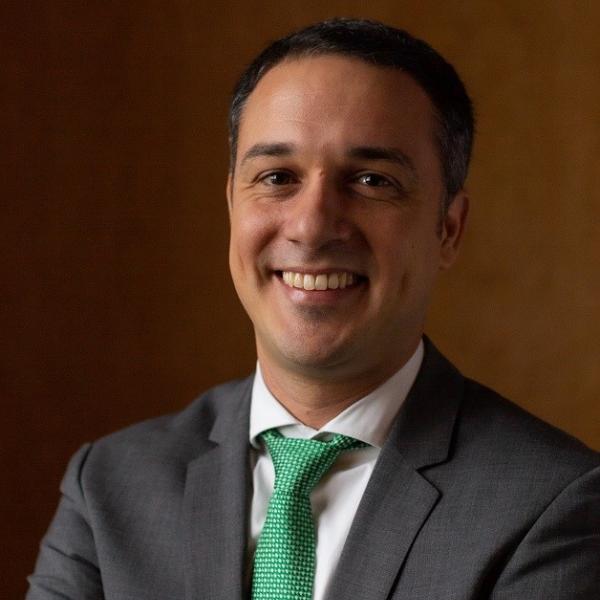How to reduce illicit trafficking, illegal activities, and the impact of armed violence to promote sustainable development?
Tabatinga, Brazil. Twenty-five agents of the Federal Police are desperately fighting against crime to contain armed violence. In a city of 60,000 inhabitants, 25 homicides happened in just three months. In a place where everyone knows each other.
Leticia, Colombia. Within a block from Tabatinga, dozens of police recruits march in formation. The sound of their chants and boots blends with the noisy construction of new hotels and shops. In this boisterous city, legal trade and tourism coexist with dubious investments, smuggling, and other illegal activities.
Santa Rosa, Peru. Five minutes by boat from Leticia and Tabatinga, children play in the water next to the stilts that hold up their wooden huts. A police officer patrols the only paved street in town. Five other officers gather around a table; perhaps questioning themselves how they are going to cover more than 500 kilometers of river basin between Santa Rosa and Iquitos, the closest security post on Peruvian soil.
Surrounded by thousands of kilometers of jungle, these three small, contiguous, and interconnected cities are only accessible by air or navigating for several hours through the Amazon basin. A context of porous borders, where you can move from one State to another without crossing a border check-point. In this environment, criminal groups profit from illegal and extremely lucrative activities: dozens of clandestine coca base laboratories, tons of cannabis in route to major Brazilian cities, dozens of illegal dredging boats extracting gold from the river basins, and hundreds of colorful amazon species that are smuggled to the United States and Europe.
The same way the current of the river flows, illicit activities come with a slow, continuous, but darker flow: arms and ammunition. This very dark flow has taken the lives of 25 people in Tabatinga. Criminal groups operating in the area – Comando Vermelho, Família do Norte, and Primeiro Comando da Capital, among others – need arms and ammunition to confront government forces. They also need them to protect their routes and shipments from other criminal groups. But where do these arms and ammunition come from?
“Most of the arms in criminal hands had a legal origin, they were legally produced in an industrial facility, registered, and licensed by the State.”
Most of the arms in criminal hands had a legal origin, they were legally produced in an industrial facility, registered and licensed by the State, marked with serial numbers, and distributed commercially. However, these arms transited from the licit to the illicit realm, changing hands without following the processes established by authorities.
The movement of arms from the licit to the illicit realm is known as diversion. In the Amazon context, the types of diversion documented include thefts from stockpiles guarded by armed forces or law enforcement, movement from the big Brazilian cities where they could have been stolen from legal users (usually pistols and revolvers), legacy stockpiles in the hands of dissidents of the armed conflict between the Colombian government and the Fuerzas Armadas Revolucionarias Colombianas (FARC) or the Ejército de Liberación Nacional (ELN) guerrillas, or illicitly trafficked from neighboring countries in small quantities, a steady flow known as the ant trade.
In these circumstances, in an isolated environment with a well-established presence of organized crime groups, and limited State capacity, how can you reduce illicit trafficking, illegal activities, and the impact of armed violence to promote sustainable development?
Recent examples from urban contexts with high levels of crime show that it is necessary to apply combined strategies to fight illicit trafficking, along with measures focused on prevention and the provision of alternative means to promote and ensure medium and long-term development of their populations:
- From a law enforcement perspective, it is essential to investment in monitoring and analysis of arms and ammunition trafficking and illicit activities, coordination of information exchange mechanisms and risk analysis, and cooperation among States including mechanisms to develop, share, and action strategic intelligence. In this sense, a fundamental element of the response must be the harmonization of arms and ammunition marking criteria and practices at the national and regional levels to ensure traceability.
- From a prevention and development perspective, it is important to target populations at risk and channel resources to promote equal access to opportunities, growth of legal activities, education, and community development.
Institutional capacities and responses in Leticia, Tabatinga, and Santa Rosa are uneven. The impact of armed violence is lopsided too. Almost all homicides occur on the Brazilian side of the triple frontier. To find sustainable solutions, the presence of the State is essential to provide services and security to the people, fight against organized crime, reduce violence and impunity, promote community development, and minimize the negative impact of illicit activities in the area, as well as its cascading effects in big cities that are thousands of kilometers downstream.
Three cities, three States and one goal, stop the arms flow in the Amazon.
This article was originally published in Spanish by El Pais.
Manuel Martínez Miralles is a Researcher with the Conventional Arms Programme at the United Nations Institute for Disarmament Research (UNIDIR)
